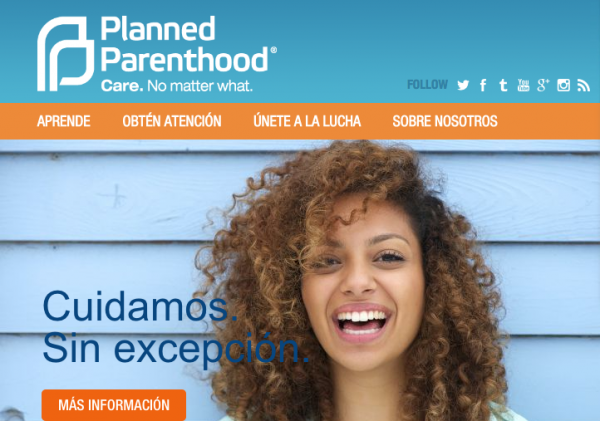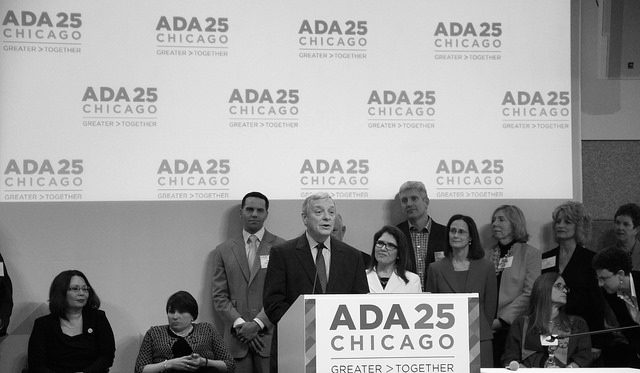Originally published March 17, 2015
Media stories about measles outbreaks in California and Arizona have featured prominent politicians weighing in with conflicting messages. Should vaccination be required for all children with few exceptions? Are vaccines safe? Should parents have a choice – when refusing vaccines can put their own and other people’s children at grave risk? The stories are dramatic, but scholars and public officials warn that it is dangerous to turn vaccination into a political football. Other widely publicized controversies reveal that the insertion of politics into media coverage can be hard to reverse, as it may undermine public trust in doctors and public health officials.
Political Controversy Sticks
Our research examines two recent politically charged health controversies – the 2009 dust-up over mammography screening guidelines and the 2006-2007 debate over whether middle schools should require girls to get vaccinated against infections by the human papillomavirus (“HPV” for short). Specifically, we found that local and national media coverage did not start with a focus on political controversy. But once news stories started to highlight partisan arguments among political leaders, political controversies became the focus of subsequent coverage. more...





 Research to Improve Policy: The Scholars Strategy Network seeks to improve public policy and strengthen democracy by organizing scholars working in America's colleges and universities. SSN's founding director is Theda Skocpol, Victor S. Thomas Professor of Government and Sociology at Harvard University.
Research to Improve Policy: The Scholars Strategy Network seeks to improve public policy and strengthen democracy by organizing scholars working in America's colleges and universities. SSN's founding director is Theda Skocpol, Victor S. Thomas Professor of Government and Sociology at Harvard University.